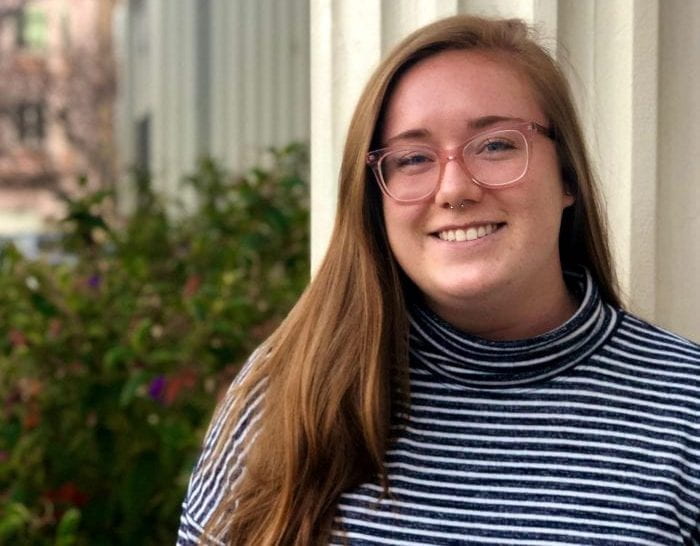
Same-Sex Couples and the Census
Urban and Public Affairs grad student, Campbell Beaver ’21, continues our Census 2020 series with this week’s blog. She details the nuances of the inclusion and recognition of same-sex couples on the census, and why “we still have farther to go.”
Her guest blog post is taken from a class assignment for her course work in “Social Justice and the Census”. After reading this post, follow @USFVotes on Instagram or Twitter to stay current on the conversation!
In March of 2018, it was announced that a question about same-sex couples would appear on the 2020 census questionnaire. Since the census began, there have been various questions about heads of households, marital status, and the relationships between various members of households, but there has never been a question aimed at establishing the relationship of couples when they fall outside of the typical husband-wife or different sex unmarried couple dynamic. I want to explore the impact that a question about same-sex couples could have on queer people and the way they relate to society, as well as examine what might happen if the question were not merely limited to same-sex couples, but asked about gender and sexuality identity outside of relationships.
In past censuses, the most the form has done has asked people to identify their relationship to “person 1,” the person filling out the census. The options relating to couples for this question were limited to “husband or wife” and “unmarried partner,” as well as “housemate or roommate.” For the first time in 2020, there will be more options for couples to choose. The list of relationship options will expand to include “same-sex husband/wife/spouse” and “same-sex unmarried partner.” It makes sense that this is the first year to have a question like this on the census, as same-sex marriage was only federally recognized in 2015, after the last census took place. This shift to official recognition of same-sex couples, however, will have very real impacts on the lives of queer individuals who answer. In the past, there has been no way to measure or count same-sex couples, and they have therefore not officially existed in any quantifiable way in terms of government recognition or funding. Even the simple act of being recognized on paper is important, as it can serve to normalize the lives and experiences of LGBT people. Theoretically, every household in the US will receive the census questionnaire and read it, and when people look at an official government document that has same-sex couples listed next to opposite sex couples, it serves to equalize them and make it known that these couples are exactly the same. It is also validating to look at a form as someone with a same-sex partner and see something that reflects who you are and validates your relationship. Previously, the same couple might have had to mark their spouse or longtime partner as a roommate or unrelated individual.
Beyond the symbolic importance of the same-sex question being added to the census, this move towards inclusion has some very practical benefits for the queer community. Census data is already used to monitor and enforce the voting rights act, making sure that all minorities are counted and that their rights are being upheld and maintained. Recognizing same-sex couples on the census will go a long way towards making sure their rights as members of the LGBT community are being protected, for example in cases of discrimination or hate crimes. Though the individual people who self-identify as being in a same-sex couple will not be identified, when it is known where queer people are located and which communities need the most protection, this information can be used to uphold equity and the law in those places. Knowing which communities have the most same-sex couples can also help with important funding that directly has to do with the LGBT community. There are specific types of healthcare, human services, and community groups that can be made available to the queer community, and if any of these services are to receive money from the federal government like other services do, the government has to know where these communities are located. Concrete benefits can come from same-sex couples being identified on the census, and so it is an incredible gain to have achieved this.
There are definitely many limitations to the question that has been added and what it misses. Thought this question will help show where more LGBT communities are clustered and help with queer representation, it is only an option for people who are in couples or are married. The majority of people who are queer are not married or in relationships where they live with their partner, so they have no way to show on the census that they are queer. This means that though representation is moving in a positive direction, there is still much room to grow. Until there is a question that accurately and fairly asks people to identify their sexuality, we will not know how best to serve these communities from a top-down perspective. The community relies on bottom-up grassroots movements for their rights to be recognized and respected because the government does not recognize the community. We as a country are moving in the right direction in terms of this addition to the census, but we still have farther to go.
Source:

